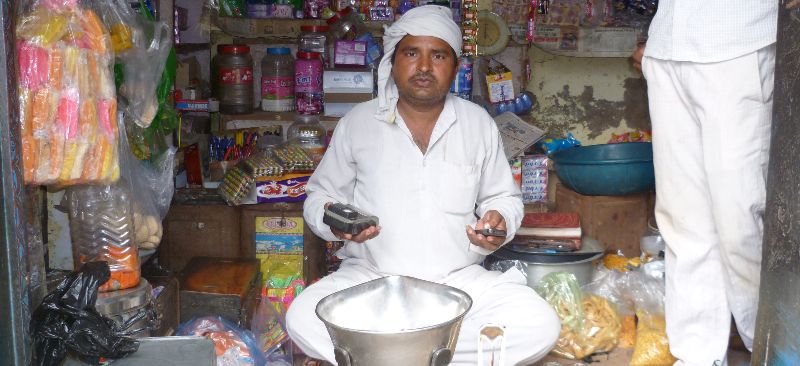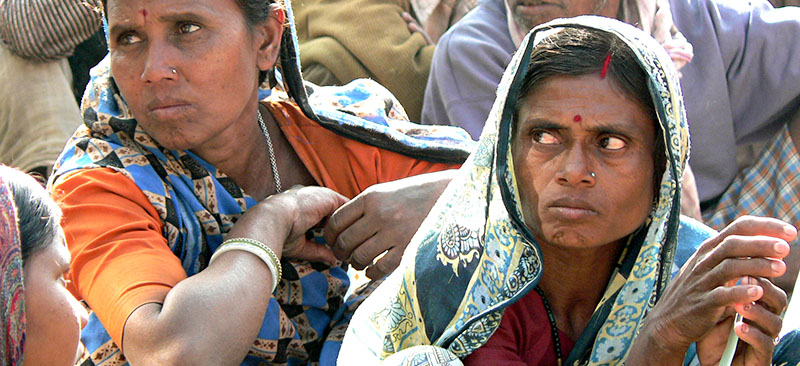This paper consolidates the views of different stakeholders involved in e/m-banking on the aspects related to ‘Agent Network Management’ – a critical piece of the puzzle that many have ignored, unfortunately, at their peril.
Blog
Exploring Dormancy in no frills saving accounts In Uttar Pradesh and Delhi
MicroSave research aims to understand the reasons for widespread dormancy in No Frills Accounts opened through various service providers like public and private sector banks, RRBs and business correspondents.
Cost and willingness to pay in Rajasthan
This multi-region study focuses specifically on the services business correspondents provide in rural areas – and whether or not this particular customer segment thinks the greater convenience and other potential benefits are worth paying for.
Exploring dormancy in no frills savings accounts in Rajasthan
This MicroSave research aims to understand the reasons for widespread dormancy in No Frills Accounts opened through various service providers like public and private sector banks, RRBs and business correspondents.
Cost and willingness to pay in Uttar Pradesh
This multi-region study focuses specifically on the services business correspondents provide in rural areas – and whether or not this particular customer segment thinks the greater convenience and other potential benefits are worth paying for.
Cost and willingness to pay in Tamil Nadu
This multi-region study focuses specifically on the services business correspondents provide in rural areas – and whether or not this particular customer segment thinks the greater convenience and other potential benefits are worth paying for.




